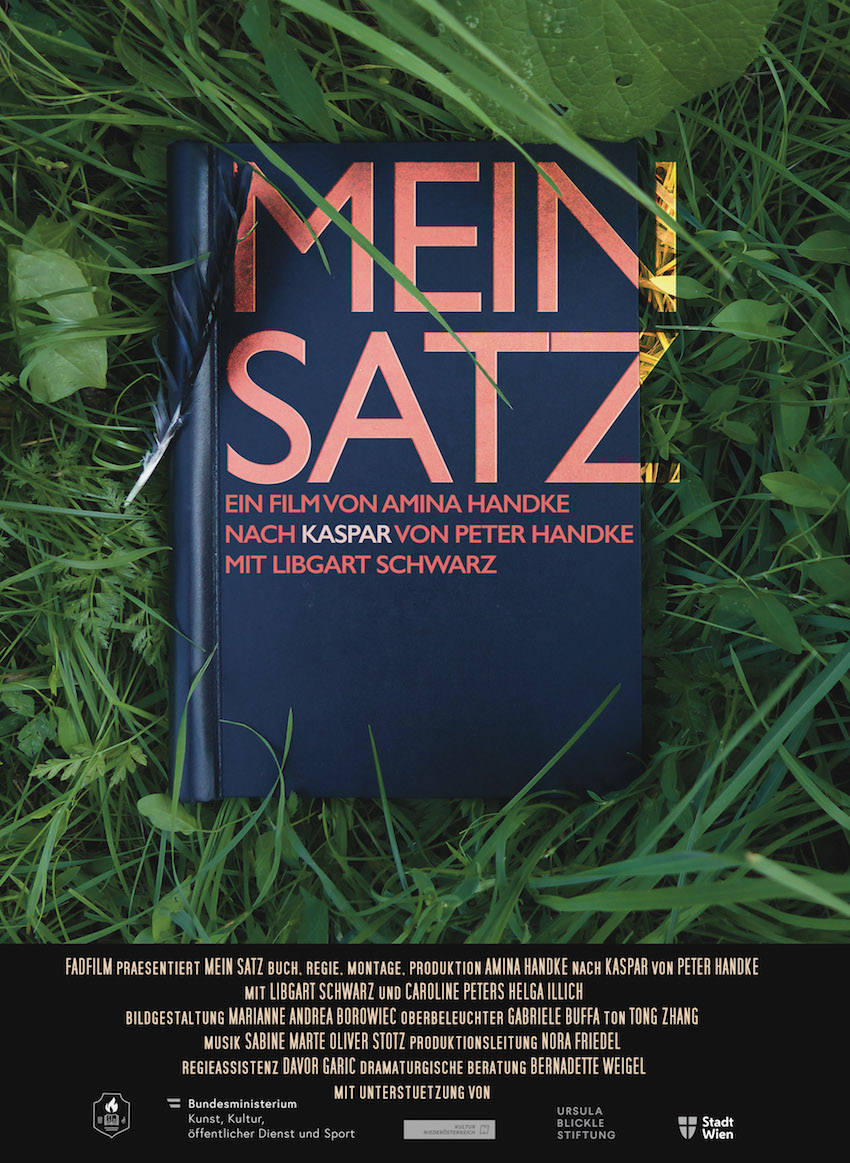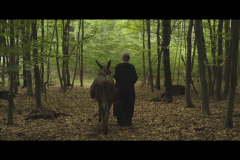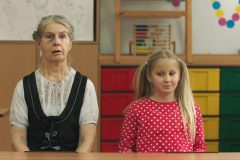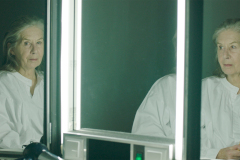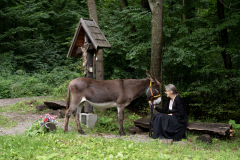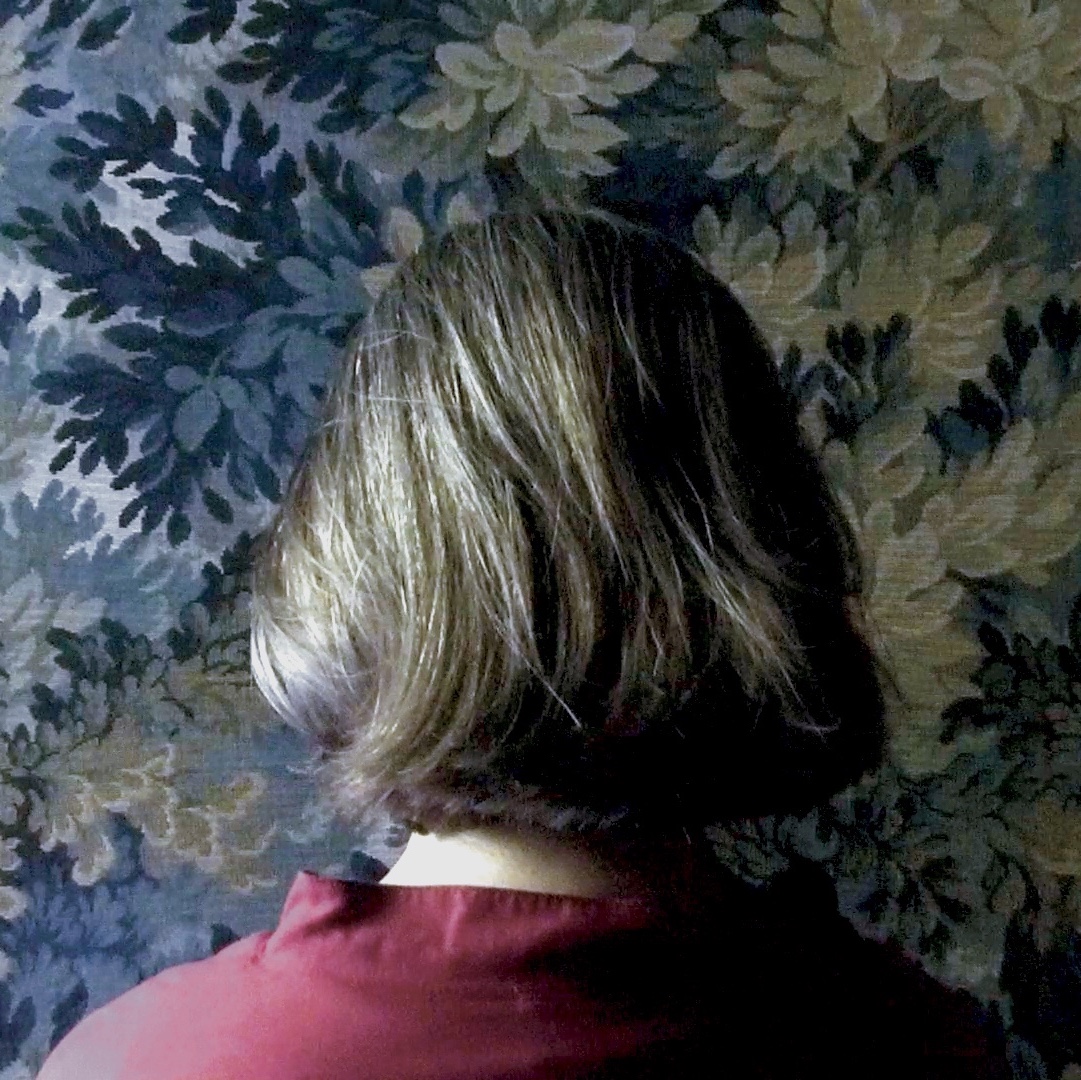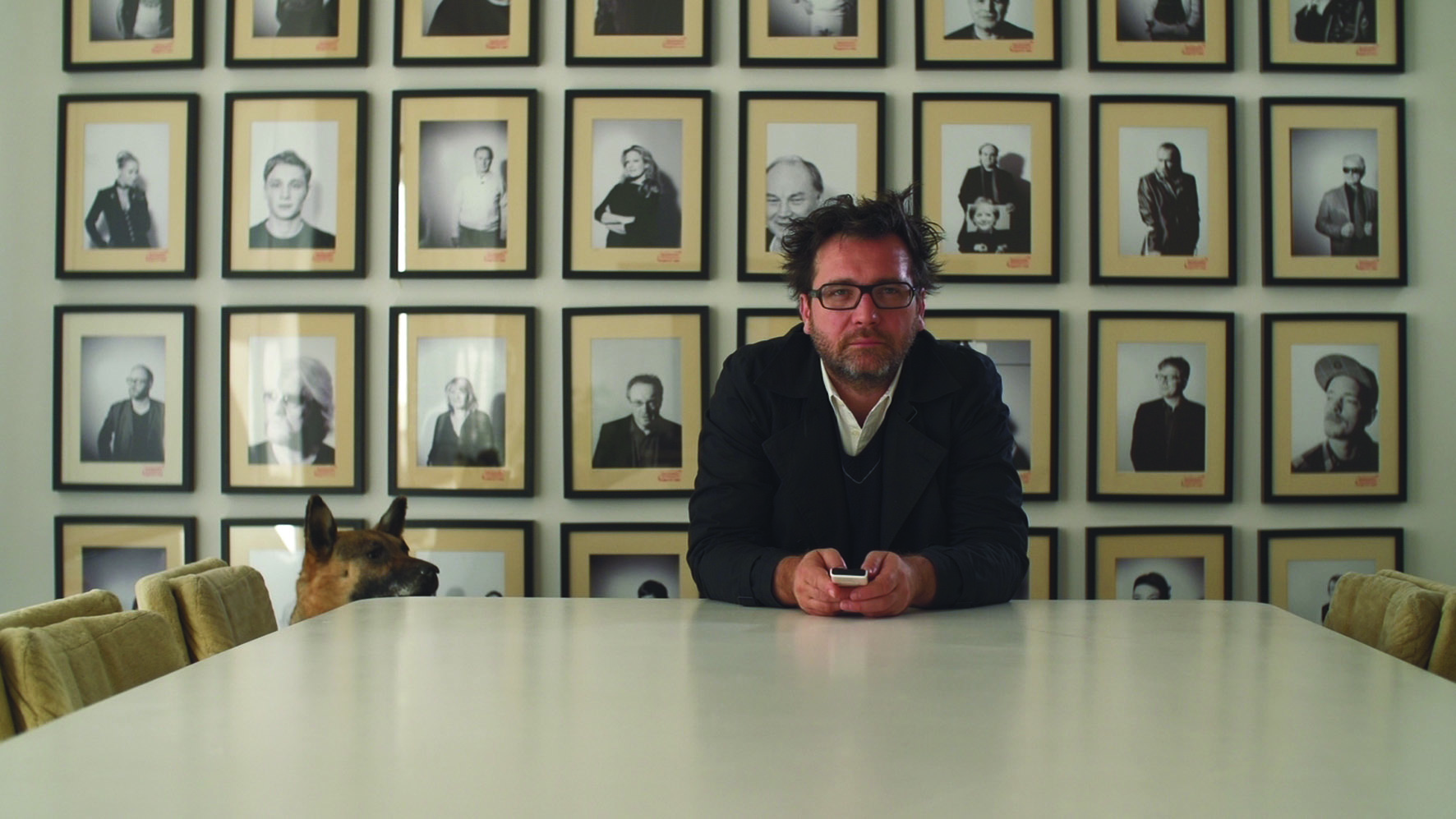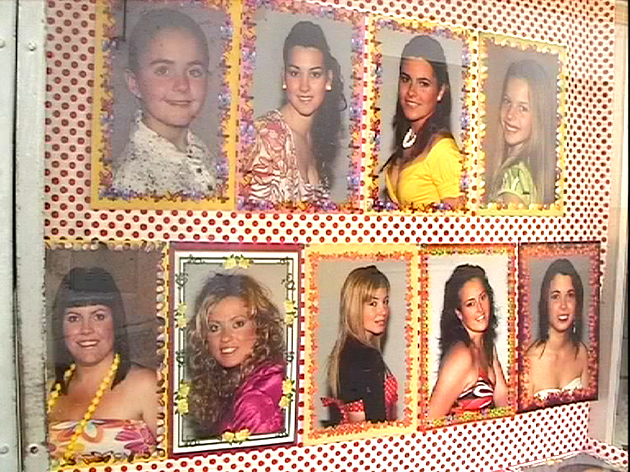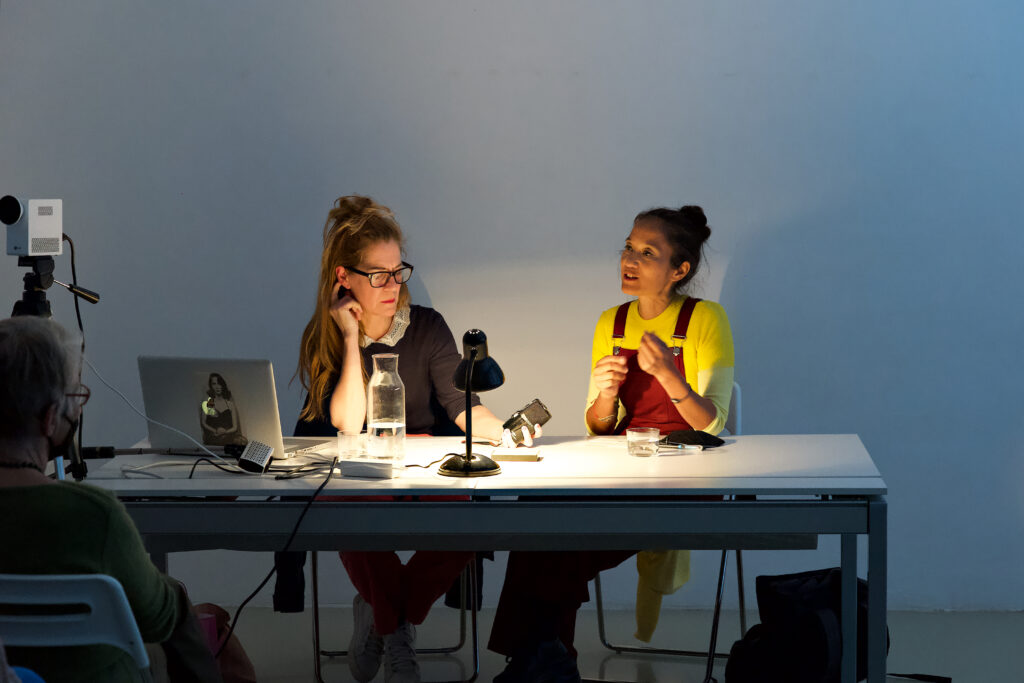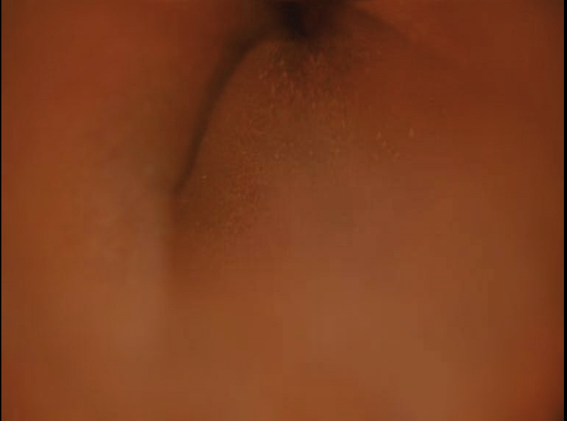The actress Libgart Schwarz is on her way to a meeting. The play Kaspar is to be filmed. During rehearsals, she suddenly loses her language.
Amina Handke’s first feature-length film transforms her father’s famous play KASPAR from 1967 into an absurd and anarchic babylonian confusion with her mother as protagonist.
Considering the shoulders of giants we’re standing on – the foundation of any culture – it seems quite obvious for an artist to deal with questions of influences within family structures.
Amina Handke
This film was an opportunity to find a level of familiarity and exchange with Amina that is only possible in serious collaboration.
Libgart Schwarz
Hail the aged Kaspars, with their eyes and tongues of explorers!
Peter Handke
Both highly concentrated, ostentatiously wavering and highly comical at times.
Claus Philipp, EIKON
